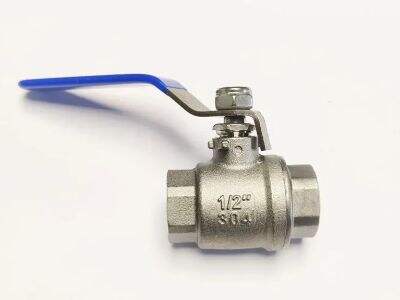In the world of things made out of metal, alloys are super important. You see alloys are special mixtures of different metals that can be used to make very strong and useful things. One common method to make objects with alloys is wax loss casting. Discover more about how alloys are used in wax loss casting, and what types of wax loss casting alloys you might be using.
Some remarks about an alloy participation in the processes of wax loss casting
Alloys are of great importance in lost wax casting. This is a method of forming metal objects with a wax model as a preliminary. First, a mold is formed with special wax. The wax is then completely coated with investment, a special solution of plaster. The wax is then melted out of the investment, creating a void. 2) Hot metal is then poured into the mould. This is where alloys come in. The metal employed for lost wax casting is most often an alloy because alloys possess unique characteristics such as high strength and thermal stability.
Investigating the processability of the well-known alloys by wax-loss casting
There are a whole host of alloys that can be cast using this wax loss casting process. Some of the most popular alloys are bronze, brass, and sterling silver. Bronze is made of copper and tin and is admired for its strength and lovely golden hue. Brass is an alloy of copper and zinc, and it is often used to make trinket and decorative items. Sterling silver is a combination of silver, consisting of 92.5 percent by weight of silver and 7.5 percent by weight of other metals, mostly copper. These alloys can be formed and used to create all sorts of objects, from delicate jewellery to heavy-duty tools.
Alloy as a critical factor in the success of wax loss casting
Picking the correct alloy is key to making a successful wax loss cast. The alloy employed must be capable of withstanding the high casting temperatures without melting or weakening. It also has to be fluid enough to pour it inside the investment to achieve a detailed and correct final piece. If the incorrect alloy is chosen, the cast metal object may end up totally different than the original. But that’s why it’s so important to choose the right alloy for each project.
Improve performance in investment casting with the correct alloy
You can get the most out of your end product by selecting the correct wax loss casting alloy. The perfect alloy will be hard and resilient, being resistant to wear and tear, and free from any tendency to break or spring. (it will be fun to work with, too, flowing on the investment and making nice and sharp details.) With the proper alloy, you’ll end up with a top-quality metal piece, that will last virtually forever, and look good too.

